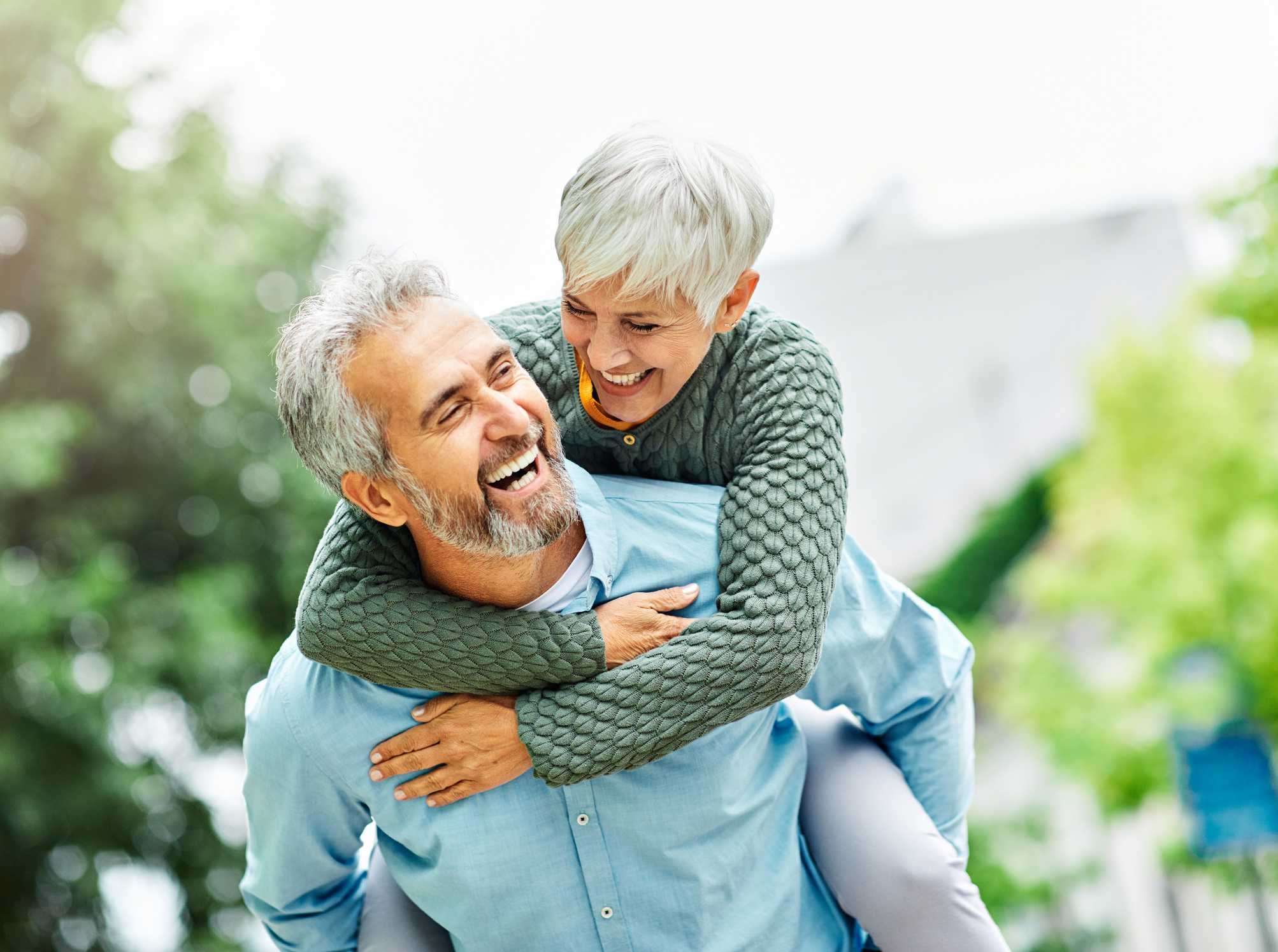

Exercise is one of the most powerful anti-aging tools we have.
Evidence shows physical activity can improve health during aging. We know it helps keep the mind sharp (in as little as 3,800 steps a day) and the body healthier longer (at about 8,000 steps a day).
But even though physical activity can improve health during aging, evidence also shows that inevitably those beneficial effects decline.
What if there was something that we could do to help keep the beneficial effects of exercise going strong despite the passage of years?
That’s exactly what T. Keith Blackwell, MD, Ph.D., a senior investigator and section head of Islet Cell and Regenerative Biology at Joslin Diabetes Center, and his team set out to discover…
Exercise, aging and the mystery of declining benefits
C. elegens is a worm species and the most-used animal model in aging research. Like humans, they display a decline in their anatomical and functional features, including tissue integrity, motility, learning, memory and immunity when aging out of their short lifespans.
To tease out the mechanisms underlying the relationships between exercise, fitness and aging, the Joslin researchers observed C. elegens during their lifespan, particularly the 15-day span of adulthood.
They witnessed age-related decline in physical fitness and also saw the aging worms experience a significant increase in fragmented or disorganized mitochondria — tiny, bean-shaped structures that provide the energy cells need to function.
The research team also found that a single exercise session induces a cycle of fatigue and physical fitness recovery that parallels the cycle of mitochondrial network rebuilding — a repair/restorative process — and the aging worms don’t recover from either cycle like younger ones…
In young worms, they observed a single episode of exercise-induced fatigue after an hour. That one-hour session also caused an increase in mitochondrial fragmentation in the animals’ muscle cells. But a period of 24 hours was sufficient to restore both performance and mitochondrial function.
However, the older worms didn’t bounce back to their performance baseline within 24 hours. And when their fragmented mitochondrial network tried to repair itself, the network reorganization was much reduced compared to the younger worms.
“Exercise has been widely employed to improve quality of life and to protect against degenerative diseases, and in humans, a long-term exercise regimen reduces overall mortality,” says Blackwell. “Our data identify an essential mediator of exercise responsiveness and an entry point for interventions to maintain muscle function during aging.”
That essential mediator is mitochondria.
Mitochondria: Key to maintaining muscle function with age
“Mitochondrial biogenesis” is the cellular process by which the body produces new mitochondria and determines both the quality and quantity of mitochondria in the cells — both of which drop dramatically with age.
So learning that problems with mitochondria are behind the age-related decline in exercise benefits doesn’t surprise me.
What does surprise me is that the researchers didn’t hint at the possibility of supporting mitochondria with a well-known longevity nutrient: Pyrroloquinoline quinone (PQQ).
PQQ supports mitochondria in two ways: it protects mitochondria from oxidative stress and promotes mitochondrial biogenesis. That means it may actually replenish mitochondria, which dwindle in number as we age.
Some fruits and vegetables contain PQQ, including kiwi, green peppers, parsley, papaya, spinach and celery. It can also be found in tofu and organ meats like kidney and liver. However, it’s difficult to get a sufficient amount of PQQ through diet alone, so supplementing is a must.
I choose Peak Longevity PlatinumTM to get the maximum suggested dosage of 20 mg a day and because it’s paired with CoQ10 — another important piece of the cellular energy puzzle.
Sources:
Researchers shed light on how exercise preserves physical fitness during aging – EurekAlert!
Pyrroloquinoline quinone (PQQ) protects mitochondrial function of HEI-OC1 cells under premature senescence — Nature.com
Pyrroloquinoline-Quinone Is More Than an Antioxidant: A Vitamin-like Accessory Factor Important in Health and Disease Prevention — Journal Biomolecules